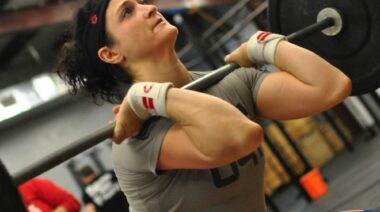With the growing popularity of the paleo diet, we hear more questions about what an ancient human society would eat. A new method of answering this question was examined in a recent study published in PLOS One.
Definitions
Depending on who you ask, the paleolithic period ended some 7,000 to 12,000 years ago. However, many paleo dieters consider any kind of indigenous diet that existed before radical advances in food technology to be fair game. These researchers wanted to learn more about a primitive population that was not technologically advanced as of 2,000 years ago.
To find answers, the authors of the study used coprolites, or fossilized feces. Many people in the scientific community believe that coprolites are not well preserved in wet environments such as the tropics, so samples from these areas have long been ignored.
However, the researchers in the PLOS ONE study disagreed. Part of their goal was to determine if this type of fossil could indeed be examined to learn about paleolithic humans, specifically the types of foods they ate.
Study Design
The researchers examined the coprolites of two cultures that cohabitated a small island off of Puerto Rico a little over 2,000 years ago. The cultures were the Huecoids and the Saladoids, who cohabitated peacefully in a region of Vieques Island for over 1,000 years. They lived less than a mile apart from one another.
The researchers used a technique to extract DNA from the coprolites to learn more about the tribes’ diets. They first examined the DNA to ensure it was intact enough to learn the information. Then they performed an analysis on the DNA to find out what it was. To do so, they looked at the genes and then categorized them.
Results
The researchers learned that DNA, even in the tropical region in which it was collected, was sufficiently intact. This allowed them to gain information about the culture and diets of these two indigenous tribes, despite the fact that the coprolites were thousands of years old.
For the Huecoids, the DNA material of maize and Basidiomycetes, a type of fungus, were found in high quantities, meaning corn and mushrooms were major constituents in their diets. In fact, this evidence might suggest the Huecoids were instrumental in bringing corn to this region through their travel. There was also evidence of aquatic plant consumption. For the Saladoids, the DNA of parasites found commonly in fish were present in their coprolites, indicating that raw freshwater fish was a common aspect of their diet.
Both cultures also consumed a good deal of seafood, as indicated by the presence of fish bones. Some of the gut microbiota suggested that both cultures ate a high-protein diet, which agrees with most concepts of paleo eating.
This study suggests the use of coprolites to learn more about what human beings of various cultures ate shows great promise. High-protein diets were common, at least in these cultures, but the diets were also varied.
References:
1. Raul Cano, et. al., “Paleomicrobiology: Revealing Fecal Microbiomes of Ancient Indigenous Cultures,” PLOS ONE 2014, 9:9
Photo courtesy of Shutterstock.






